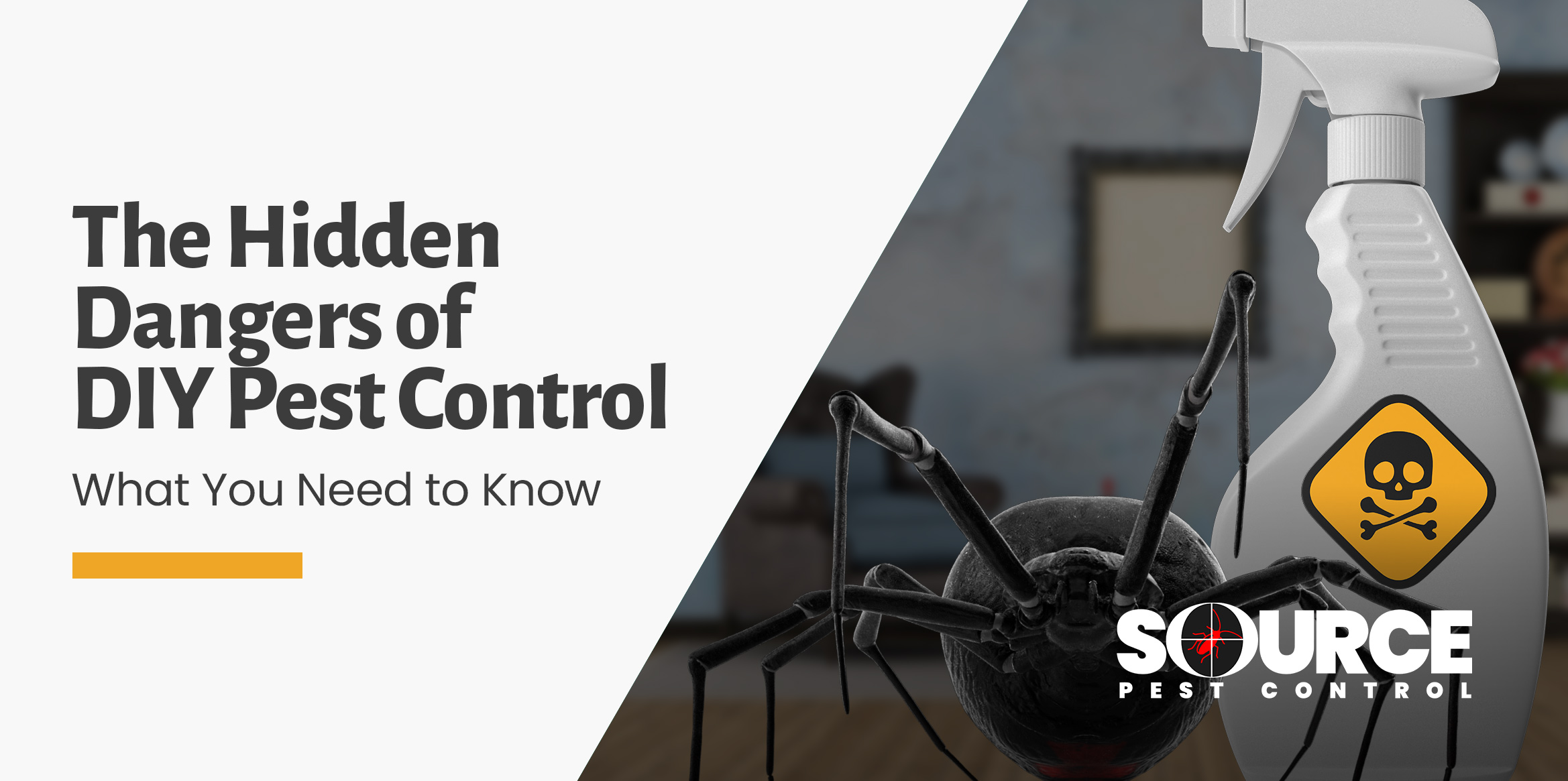The Hidden Dangers of DIY Pest Control
In the quest for a pest-free home, many of us turn to do-it-yourself (DIY) pest control solutions. The appeal is clear: immediate action, lower costs, and the satisfaction of tackling the problem ourselves. However, the hidden dangers associated with DIY pest control are often overlooked, presenting risks not only to our health but also to our environment.
Misuse of Chemicals
One of the most significant risks of DIY pest control is the improper use of chemicals. Many over-the-counter pesticides contain substances that can be harmful if misapplied. Without professional knowledge, homeowners might use these chemicals in areas where children or pets frequent, leading to potential poisoning or long-term health issues. Incorrect dosage can also pose a risk, as too little may be ineffective and too much could be hazardous.
Ineffective Solutions
DIY pest control methods often offer a one-size-fits-all solution to problems that are usually more complex. Different pests require different strategies, and what works for ants might not work for termites. This lack of specificity can lead to ineffective treatment, allowing the infestation to worsen. Moreover, DIY methods typically address the symptoms of an infestation, not the root cause, leading to a recurring pest problem.
Potential for Damage
In their efforts to rid their homes of pests, individuals may inadvertently cause more harm than good. For example, the misuse of termite treatment chemicals can lead to structural damage in homes. Similarly, trying to seal rodents out without proper exclusion techniques can trap them inside, leading to new problems like dead animal removal.
Environmental Impact
DIY pest control solutions often neglect the environmental impact of widespread chemical use. Non-target species, such as beneficial insects and local wildlife, can be harmed by the indiscriminate use of pesticides. Additionally, improper disposal of pest control products can contaminate water sources and soil, posing a long-term risk to ecosystems.
Legal Ramifications
There are also legal considerations to bear in mind. In some jurisdictions, the use of certain chemicals is regulated or banned. Homeowners may unknowingly violate these regulations, leading to fines and legal action. Furthermore, if DIY pest control efforts result in harm to neighbors or their property, the homeowner could be liable for damages.
The Professional Advantage
Professional pest control services offer a safe and effective alternative to DIY methods. Licensed professionals are trained to handle and apply pesticides safely. They can also identify the specific type of pest plaguing your home, ensuring that the treatment is both effective and tailored to the problem. Moreover, professionals can address the root cause of the infestation, providing a long-term solution rather than a temporary fix.
Conclusion
While the allure of DIY pest control is strong, the hidden dangers it presents cannot be ignored. From health and safety risks to legal and environmental concerns, the potential for unintended consequences is significant. By understanding these risks and opting for professional pest control services, homeowners can ensure their efforts to protect their homes from pests do not end up causing more harm than good.




